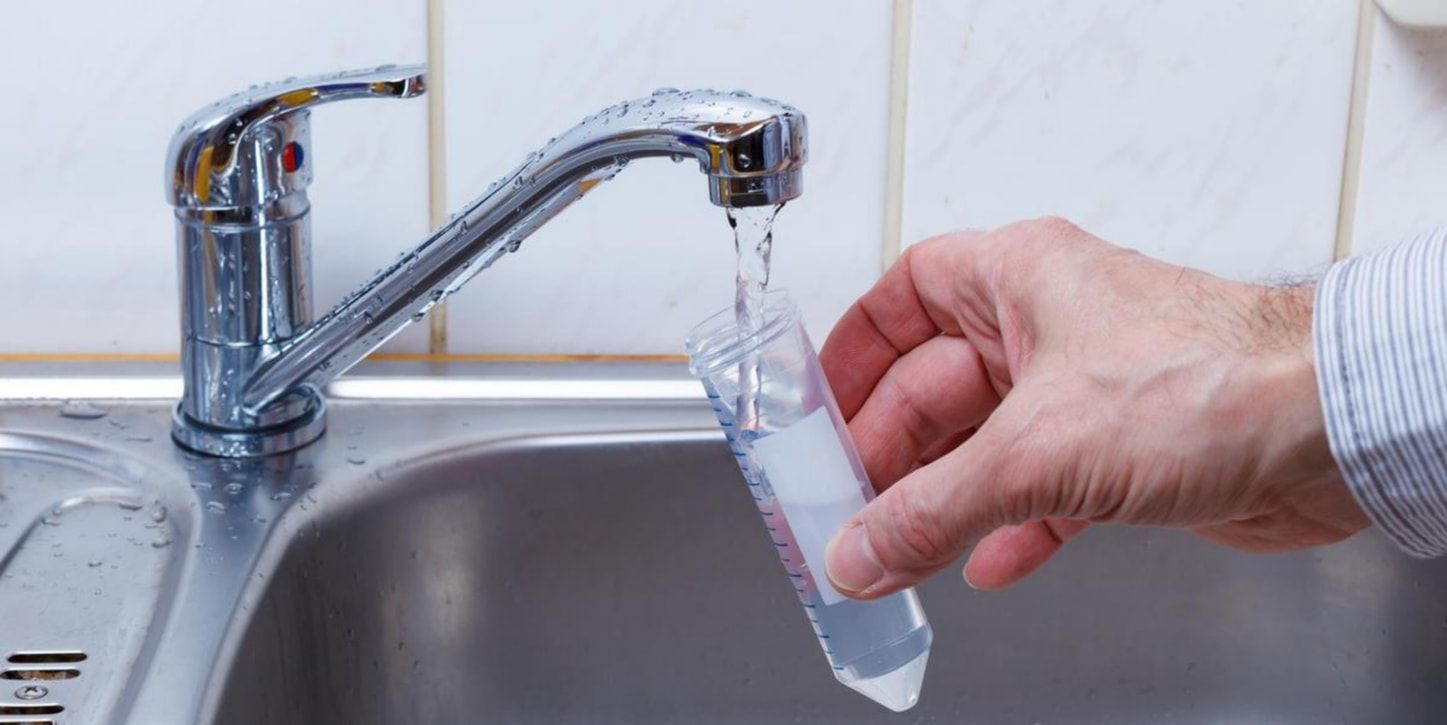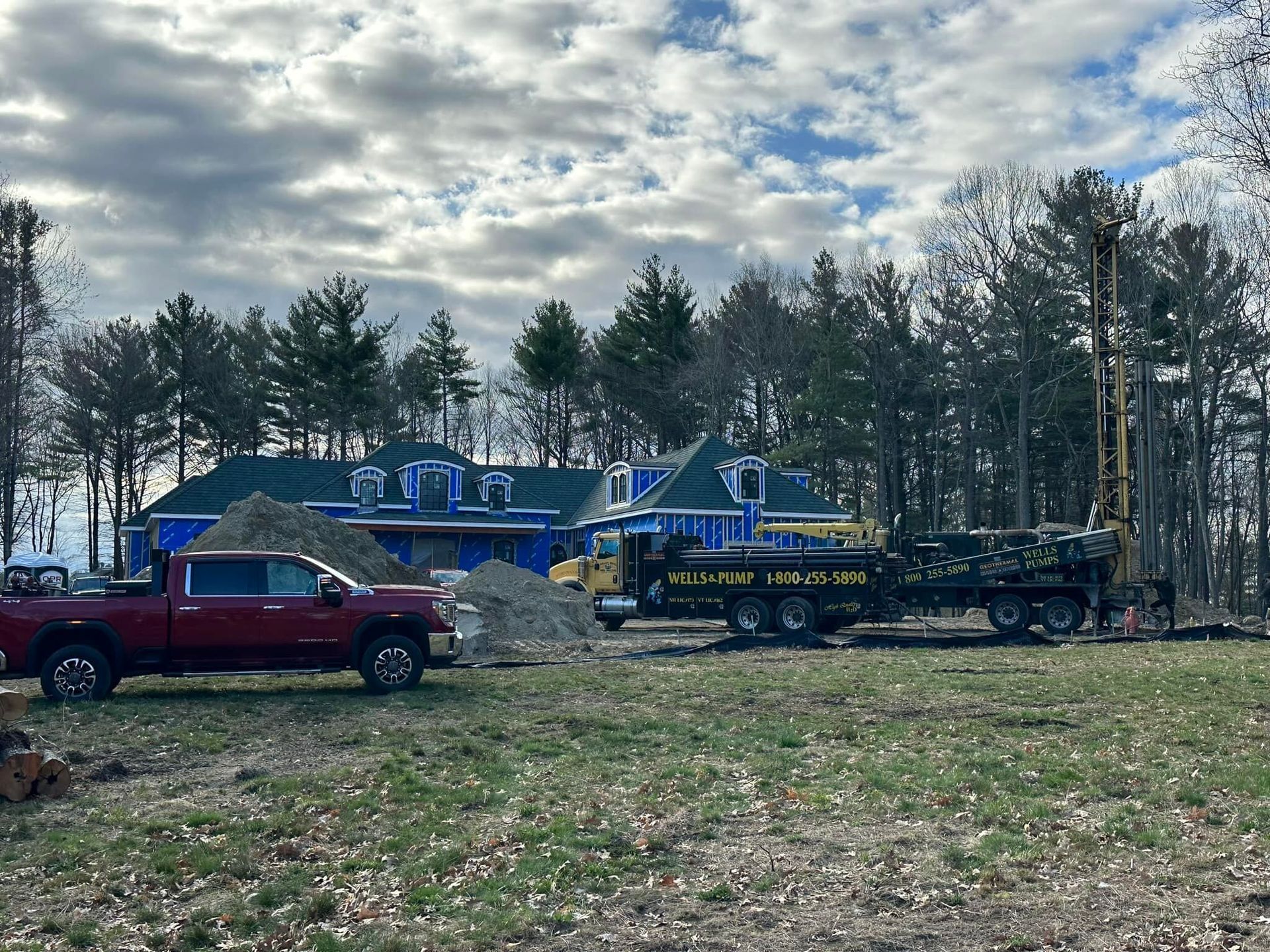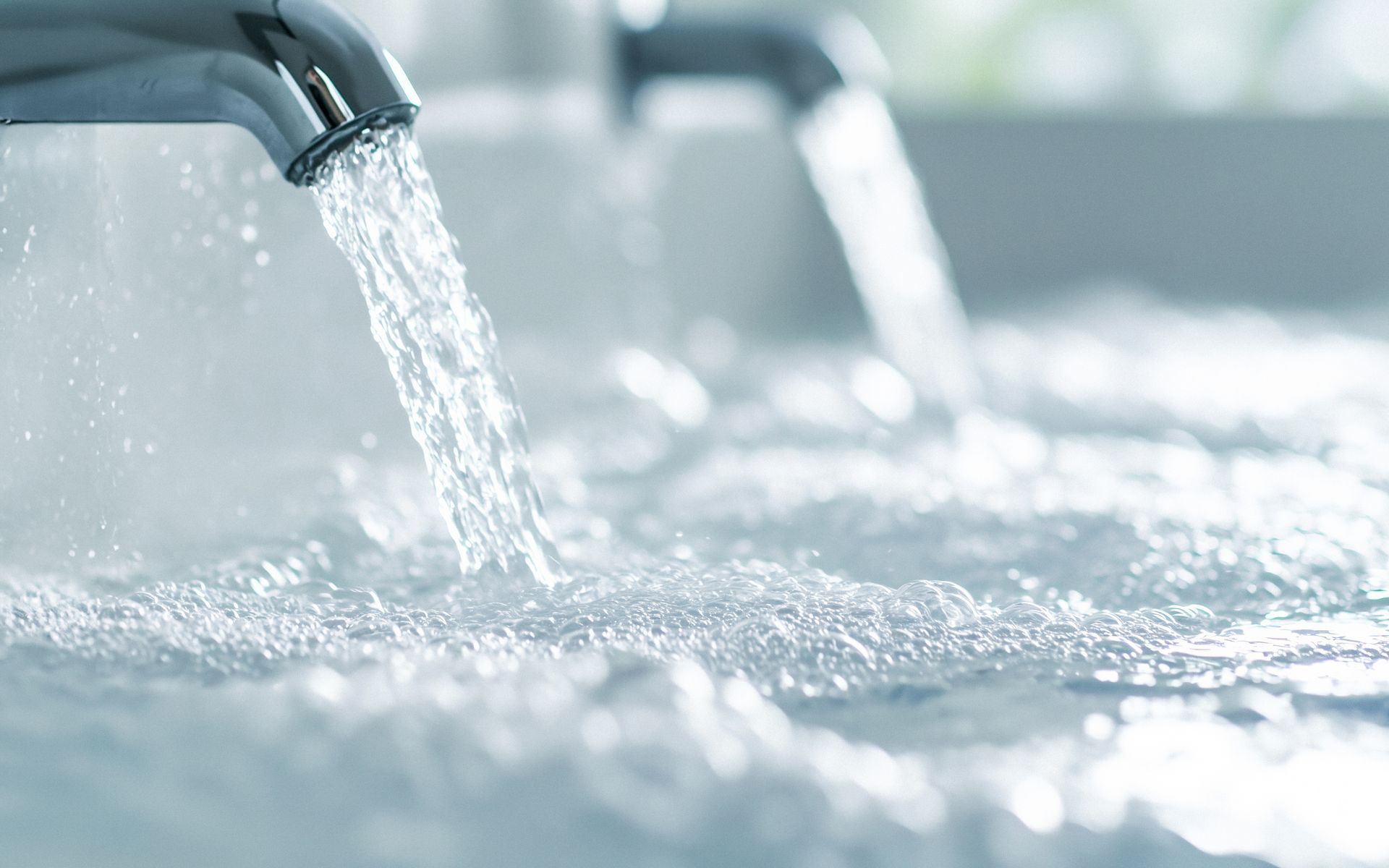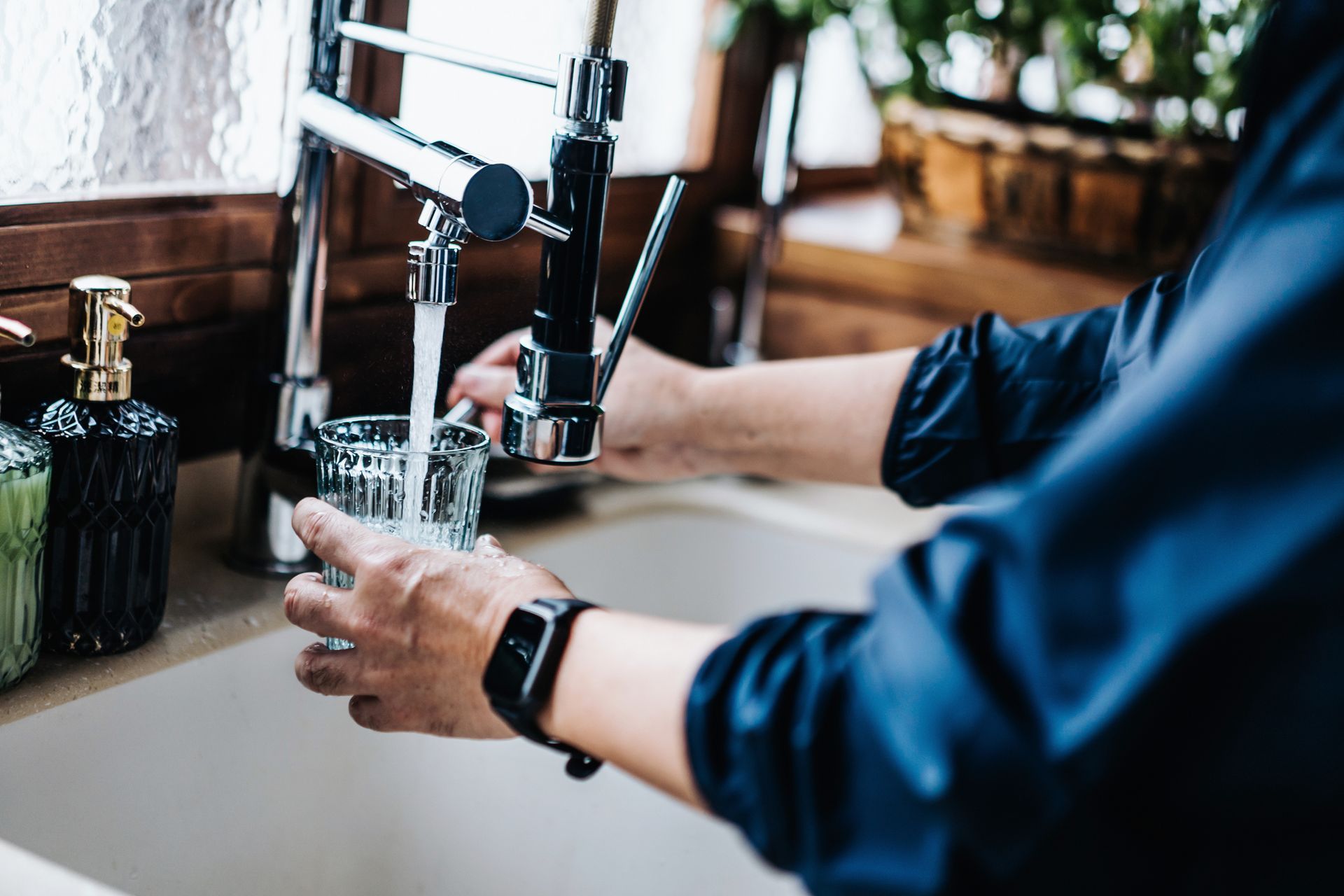Water treatment, water testing, well drilling and hydro-fracking services for VT, NH, and MA.
Do you need emergency well water service?
Well Water: Essential Tips for Safe and Clean Drinking Water
Well water, drawn from underground aquifers, is a primary water source for many rural households. It provides essential drinking water but requires regular testing and maintenance to ensure safety. This article will help you understand well water, identify potential contaminants, and learn how to maintain safe drinking water.
Key Takeaways
- Over 40 million people in the U.S. rely on private wells for drinking water, necessitating regular monitoring and maintenance to ensure water safety.
- Understanding the types of wells—drilled and dug—is crucial for well owners, as drilled wells typically provide better protection against contamination.
- Regular testing and maintenance of well water, alongside proper construction practices, are essential for safeguarding drinking water quality and addressing potential contamination risks.

Understanding Well Water
A well is essentially a lifeline drilled into the ground to access water from an aquifer. It serves as a critical source of drinking water for many households, particularly in rural areas where municipal water supply is scarce. The primary function of a well is to provide a reliable water supply, drawing water from underground sources to meet daily needs. In the United States alone, over 40 million people depend on private wells for their drinking water, highlighting the significance of these systems in our lives.
However, owning a private well comes with the responsibility of ensuring private water safety. Unlike public water systems, private wells are not subject to the same regulatory oversight, placing the onus on well owners to monitor and maintain water quality. Contaminants can enter well water from various sources, both natural and human-made. For instance, agricultural practices can introduce nitrates and pesticides into the groundwater, while septic systems can leak harmful bacteria and viruses into nearby wells. Moreover, natural elements like heavy metals and radionuclides can also pose significant health risks if present in the water.
Well owners must be aware of potential contaminants and their sources. High nitrate levels from fertilizers can lead to methemoglobinemia, or “blue baby” syndrome, which poses a significant danger to infants. Organic chemicals from industrial spills can contaminate well water, posing long-term health risks by impacting multiple organ systems. Therefore, vigilant monitoring and proactive measures are necessary to keep well water safe.
Types of Wells
Choosing the right well for your water supply requires understanding the different types of wells. The two primary types of wells are drilled wells and dug wells. Drilled wells, also known as boreholes, are designed to reach deep into the ground, targeting desirable groundwater sources and significantly reducing the risk of contamination from surface water. Many well owners prefer these wells for their enhanced protection against harmful germs and chemicals.
Dug wells, also known as bored wells, involve digging a large diameter hole into the ground and lining it with stones, bricks, or other materials to prevent collapse. While they are suitable for shallow water tables, dug wells are more vulnerable to contamination due to their larger openings and proximity to the surface. This makes them less reliable for ensuring safe drinking water compared to drilled wells.
The right type of well depends on factors like local geology and the owner's specific needs. Drilled wells suit areas with deep aquifers, while dug wells are practical for regions with shallow water tables. Knowing these distinctions helps well owners make informed decisions and implement necessary maintenance practices for a reliable and safe water supply.

Components of a Well System
A well system is composed of several critical components that work together to deliver safe and clean drinking water. The well casing, typically made of durable materials like stainless steel or PVC, provides structural support to the well and prevents contaminants from entering the water supply. Ensuring the integrity of the well throughout its lifespan is a vital part of proper well construction.
The well cap protects the interior of the well from debris and pathogens. It usually includes a pressure-equalizing vent to maintain the proper pressure inside the well.
The well pump, whether above ground (using suction) or submerged (pushing water through a pipe carrying water), is crucial for drawing water and directing it to the household system.
Other key components include the pressure switch, which monitors tank pressure and signals the pump, and the pressure tank, which stores water and maintains system pressure for consistent delivery without frequent pump cycling.
Filtration systems, such as UV disinfection and sediment filtration, ensure water clarity and safety by removing unwanted particles and harmful microorganisms. These components are integral to maintaining the water quality and reliability of your private well system.
Proper Well Construction
Proper well construction ensures long-term water quality and safety. Selecting durable materials like stainless steel or PVC for the well casing enhances the safety and longevity of the well system. Grouting seals the space between the well casing and the borehole, preventing contaminants from entering the well.
Understanding local geological conditions is essential for proper well construction. It helps identify optimal drilling locations and depths, ensuring the well targets desirable groundwater sources. A geological survey also helps maintain a safe distance of at least 50 feet from potential contamination sources, like septic tanks or agricultural fields, preventing harmful bacteria and chemicals from entering the well.
Hiring knowledgeable professional drillers ensures correct well installation according to regulatory standards and best practices. They also ensure compliance with regulations and uphold water quality and safety standards. Proper well construction provides a reliable water supply and safeguards against future contamination risks.
Maintaining Your Well
Regular maintenance ensures your well's continued safety and functionality. Conduct visual inspections multiple times each year to check for signs of damage or potential issues. Keep a detailed log of inspections, maintenance activities, and water testing results to track the well’s condition and address problems promptly.
Preventing contamination is crucial for well maintenance. To avoid accidental contamination, store hazardous substances like household chemicals, paint, and motor oil at least 100 feet away from the wellhead. Grading the area surrounding the well to slope away from the wellhead promotes proper drainage and reduces the risk of surface water entering the well.
These measures maintain the integrity of the well and ensure a safe drinking water supply.

Testing Your Well Water
Regular well water testing identifies potential health risks and ensures a safe, reliable water source. Test well water at least once a year, with more frequent testing recommended for shallow wells and surface water sources, ideally on a seasonal basis. Essential tests for total coliform bacteria, nitrates, and total dissolved solids provide a comprehensive assessment of the water’s quality and safety.
Contact local Health and Human Services Departments or certified laboratories for reliable and accurate well water testing. Regular water testing helps detect contaminants early, allowing for prompt corrective measures and ensuring the safety of your drinking water supply.
Addressing Well Water Contamination
Contaminated well water poses significant dangers, particularly for drinking water. Fertilizers, septic tank waste, and industrial spills are common contamination sources. Improper construction or nearby release of toxic materials can also cause contamination. Testing for water quality indicators helps identify potential contamination sources; these indicators are not generally harmful alone.
If well water is contaminated, stop using it for drinking or cooking immediately. Use bottled water or another safe source, and contact your local health department for guidance on addressing the contamination. Prompt action can mitigate health risks and restore the safety of your water supply.
Water Treatment Systems for Well Water
Water treatment systems remove contaminants and improve well water quality. A whole-house filtration system eliminates bacteria, viruses, and other common contaminants. The Rhino Well Water system, for example, features a dual tank design that enhances water contact time with filtration media, improving filtration efficiency.
Advanced systems may include UV filters that sterilize up to 99.99% of bacteria and viruses in the water. Pre-filters capture sediment, prolonging the main filter’s life, while copper-zinc media inhibit bacteria and algae growth.
These systems can treat up to 500,000 gallons of water supplied or last for five years, ensuring a long-term supply of safe and clean drinking water.

Hydrofracking Services
Hydrofracking rejuvenates wells by increasing their water output. This process involves injecting water at high pressure to create fractures in the surrounding rock, enhancing water flow.
Wragg Brothers Well Drilling offers hydrofracking services to restore water flow in tired wells, reducing the need for new drilling and ensuring a sustainable water supply. This service boosts the efficiency and reliability of your well.
Water Conservation Tips for Well Owners
Conserving water maintains the sustainability of your well. Install efficient fixtures and repair leaky faucets to reduce water use by up to 30%. Limiting outdoor water use, like watering lawns and gardens, can dramatically lower overall water consumption.
Scheduling water usage throughout the day helps manage well demand, preventing overuse and ensuring a steady supply. Installing an atmospheric storage tank can enhance well water availability during peak usage times.
These tips contribute to the long-term sustainability and efficiency of your water system.
Retiring an Unused Well
Retiring an unused well prevents it from becoming a source of contamination that can endanger people and animals. The process involves filling and sealing the well from the bottom using materials like cement-bentonite grout or bentonite clay chips. This task requires specialized equipment and should be done by a contractor with the necessary expertise to ensure proper plugging and sealing.
Properly retiring an unused well eliminates hazards and protects groundwater quality, maintaining a safe environment.
Summary
Ensuring the safety and quality of well water requires a comprehensive approach, from understanding well types and components to proper construction, maintenance, and water testing. By following the tips and guidelines outlined in this guide, well owners can safeguard their drinking water supply and protect their health. Remember, a well-maintained and properly managed well system not only provides reliable water but also peace of mind for you and your family.
Frequently Asked Questions
Is well water safe to drink?
Well water can be safe to drink if it is regularly tested and maintained properly; however, contamination from nearby pollution sources can pose health risks. Therefore, it is crucial to monitor the water quality and ensure proper well construction to mitigate potential hazards.
What is the downside of well water?
The primary downside of well water is its potential for contamination from surface runoff, which can introduce harmful pollutants from sources like sewage or septic tanks into the water supply. Therefore, regular testing and maintenance are essential to ensure its safety.
How often should I test my well water?
It is recommended to test your well water at least once per year, with increased frequency for shallow wells and surface water sources. Regular testing is essential for ensuring safe drinking water.
What are the common contaminants found in well water?
Well water commonly contains contaminants such as bacteria, viruses, nitrates, heavy metals, and organic chemicals, stemming from both natural sources and human activities. It is essential to regularly test and treat well water to ensure its safety for consumption.
How can I ensure the proper construction of my well?
To ensure the proper construction of your well, it is essential to hire professional drillers and utilize durable materials such as stainless steel or PVC for the well casing. This approach will significantly enhance the longevity and safety of your well.
All Rights Reserved | Wragg Brothers Well Drilling


